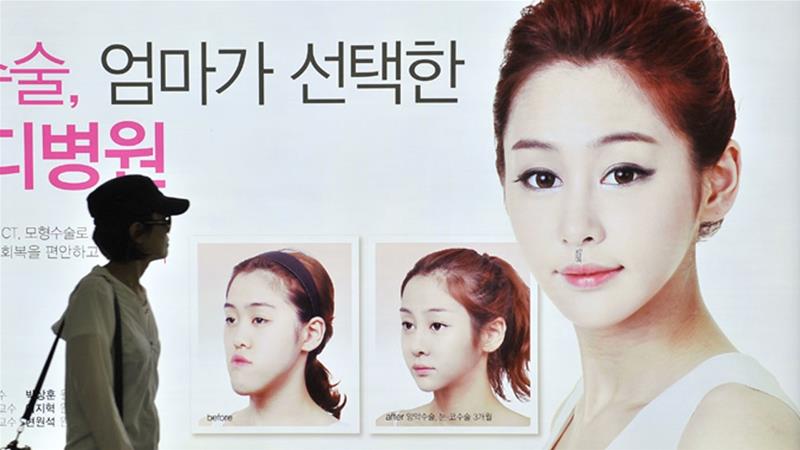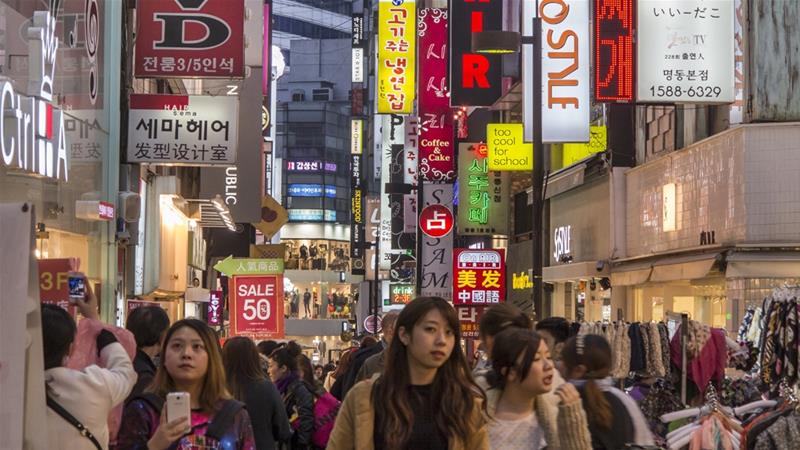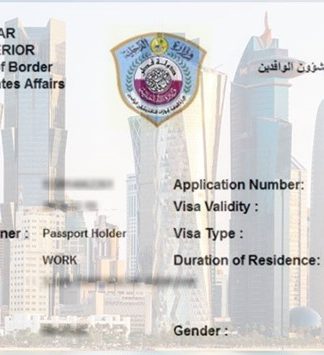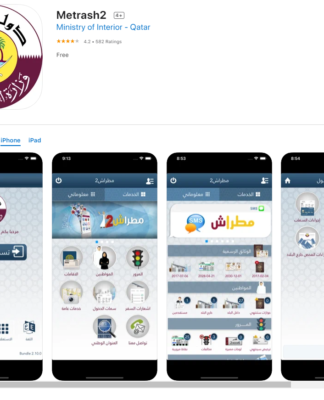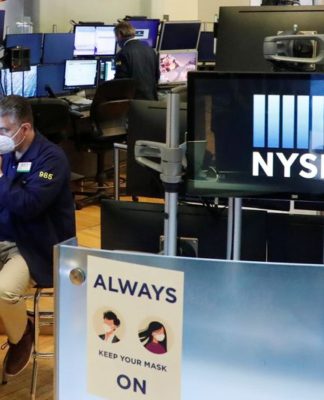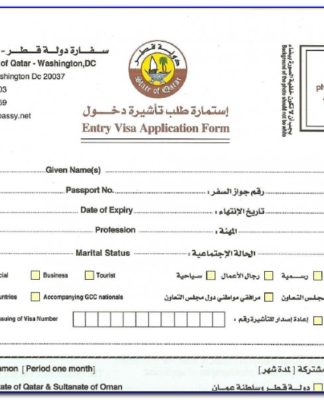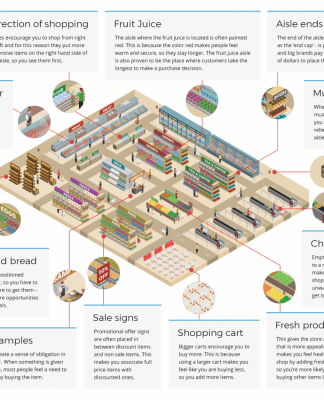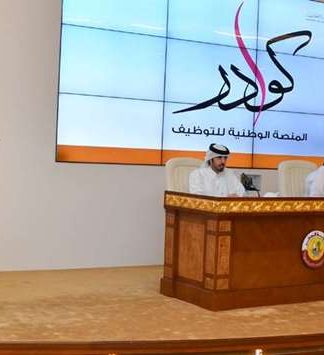Experts say demand for high-risk surgeries wanes as more opt for simpler procedures to pursue ‘individualised beauty’.
![The rise of non-invasive plastic surgeries in South Korea South Korea's plastic surgery market is worth $5bn [Al Jazeera]](https://www.aljazeera.com/mritems/imagecache/mbdxxlarge/mritems/Images/2018/5/19/24c2530a4e5940d39e0a8698d40505c6_18.jpg)
Kim Min-gi* did not like how her upper eyelid drooped over her eye. She says it made her feel unattractive.
As soon as she graduated from high school seven years ago, she decided to send a text message to a clinic to book an appointment for plastic surgery.
She got blepharoplasty, a minimally invasive procedure, to create an upper eyelid incision line.
“Now I feel more satisfied with my face, especially with makeup,” says the 25-year-old, who works as a secretary.
But Kim was not entirely happy.
Last January, she visited a clinic again and got a Botox injection on her jaw to achieve a sharper jawline.
‘Rise of non-invasive surgeries’
Just like fashion and technology, plastic surgery has its trends – especially in South Korea, a country that in 2016 was ranked third in the world for the number of plastic surgeons (2,330), according to the International Society of Aesthetic Plastic Surgery.
Invasive and high-risk surgeries were very popular among South Koreans up until five years ago, according to industry experts. But more recently, demand for such procedures has decreased, with many opting for simpler and less noticeable surgeries.
“Simple cosmetic procedures such as Botox, fillers and lifting are gaining popularity, while invasive plastic surgeries for eyes and noses are slowly falling in demand,” said Park Sang-hyeon, managing director at The Korean Association of Plastic Surgeons.
Ha Seong-yun, director of public relations committee at Well Aesthetic Plastic Surgical Clinic, agreed.
He said patients now have easier access to non-invasive surgeries – non-surgical procedures that do not involve the use of scalpel – than before due to a growing number of doctors working in the field.
“Anyone with a medical license is permitted to perform such procedures, so the barrier of entry is low, and many of them branch out and provide cosmetic procedures related to their fields to increase profits.”
According to Ha, people also prefer non-invasive procedures because they are cheaper and their side effects are less acute thanks to medical improvements over the past few years.
‘Gangnam beauty’
Doctors say the trend for non-invasive surgeries is more prevalent among young people in their 20s and 30s.
Overall, a particularly popular period for plastic surgery is the gap after the end of high school and before the start of university, in a country where beauty is increasingly being held in high esteem.
In 2015, a nationwide survey of 1,500 adults conducted by Gallup Korea found that 86 percent of respondents believed that physical appearance was “important” in their lives – nearly as many as the 87 percent figure recorded in previous polls in 2004 and 1994.
According to Park Jong-lim, a plastic surgeon at Banobagi Plastic Surgery Clinic, the plastic surgery market in South Korea was worth $5bn in 2017 – a “significant number”, he said, considering the country’s size and population.
|
|
Central to the industry is the Gangnam district, an affluent suburb in South Korea’s capital, Seoul. Home to some 500 clinics, the area is a popular destination for South Koreans and people from other Asian countries seeking to improve their appearance.
“Gangnam” has also been used to describe women – and, at times, poke fun at them – who share stereotypical facial features given to them by plastic surgery, such as a defined nose and plump lips.
The thinking behind desiring so-called “Gangnam beauty” features was traditionally seen as an attempt to obtain a Caucasian-like appearance, regarded by many Koreans as more aesthetically pleasing than Asian features, said Jung Eun-jin, a medical marketing specialist at Ppeum Plastic Surgery Clinic.
However, “the meaning of beauty has diversified in South Korea”, she added.
Calling this a positive change, Jung said: “The local women no longer want to be a Gangnam beauty.”
“The Korean women of the past were more passive and had lower self-esteem because of the culture of that time. They tried to fit into the societal standards of beauty, but today they are embracing their unique individuality and are learning about who they are.”
Men also into beauty
But it’s not just young women who are turning to modern technology to improve their looks.
An increasing number of Korean men are also going under the knife, according to Jung.
On them of is Choi Minsu*, a 22-year-old college student. He said his small eyes were always a source of insecurity for him.
“I got the eye surgery for my personal satisfaction. The process was faster than I expected and I’m pleased with my new pair of eyes,” he told Al Jazeera.
|
|
Park Jong-lim said a growing number of older men are increasingly opting for anti-ageing procedures as well.
“Traditionally, male patients tend to avoid complex surgeries, and showed a rather conservative tendency compared to female patients … but in recent years, male patients frequently accept major surgeries such as facial contouring surgeries or jaw surgeries,” he told Al Jazeera.
Still, with the demand and the prices of invasive surgeries declining, many South Korean surgeons are now heading abroad.
Park Jong-lim said China, Vietnam, Thailand, Singapore are frequent working destinations abroad, as well as countries in the Middle East.
“Everyone desires youth and beauty, but this takes money and time,” Ha said.
“When people try to look young, the first option is make-up and skincare, and the next is non-invasive surgeries. However, those who want a long-lasting and dramatic change to their appearance still go under knives.”
*not the real name
SOURCE: AL JAZEERA NEWS







 ‘SELL AMERICA’ PANIC: World is Quickly Ditching US Assets as…
‘SELL AMERICA’ PANIC: World is Quickly Ditching US Assets as…


